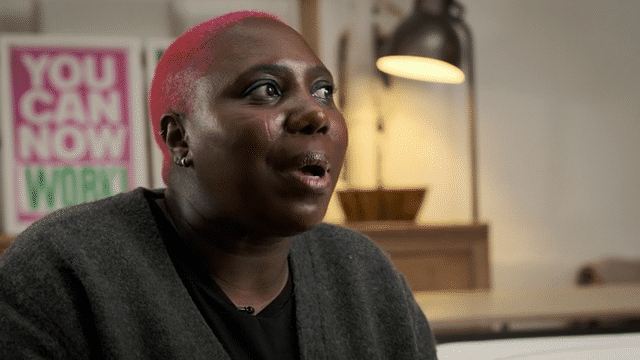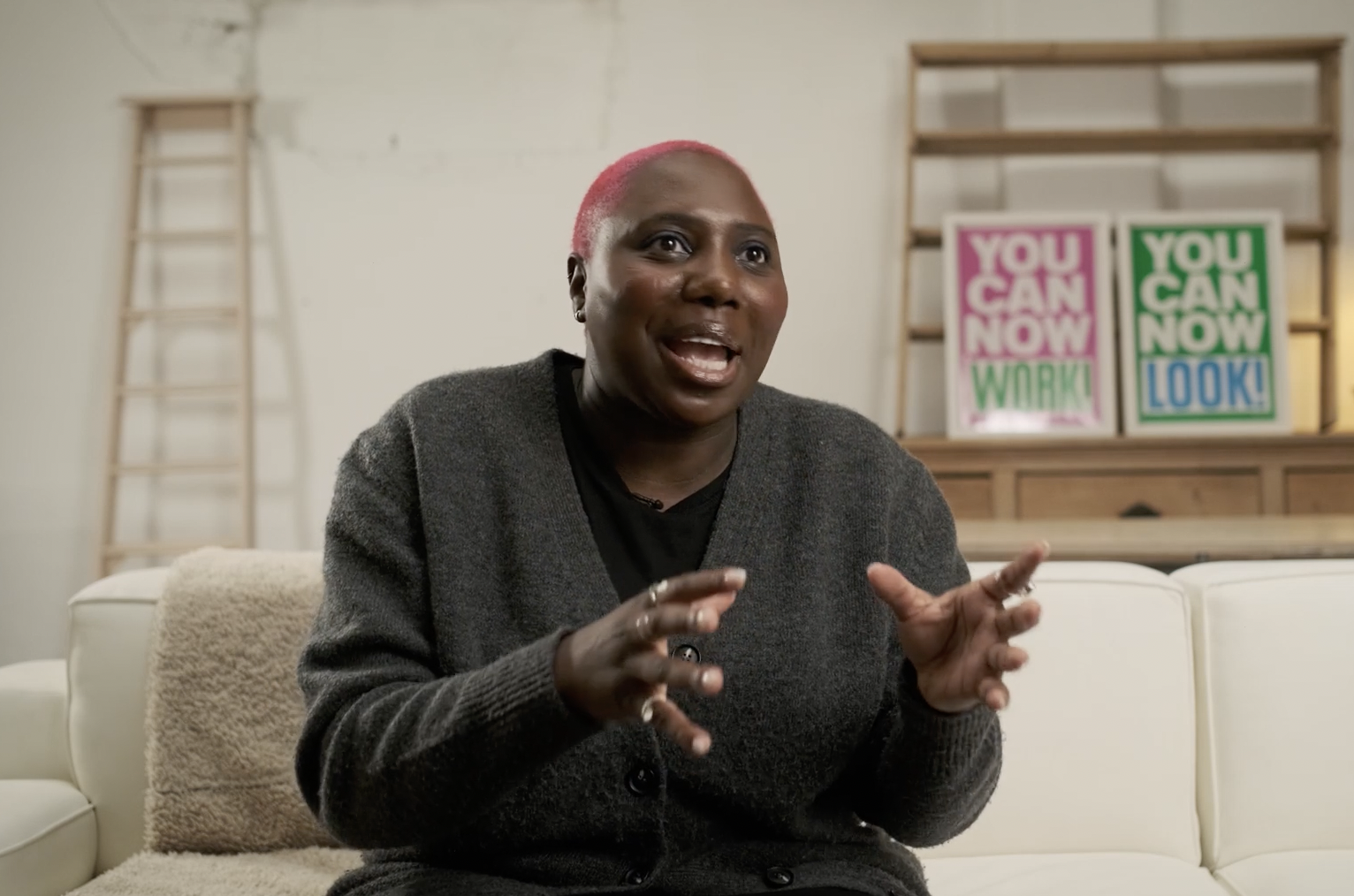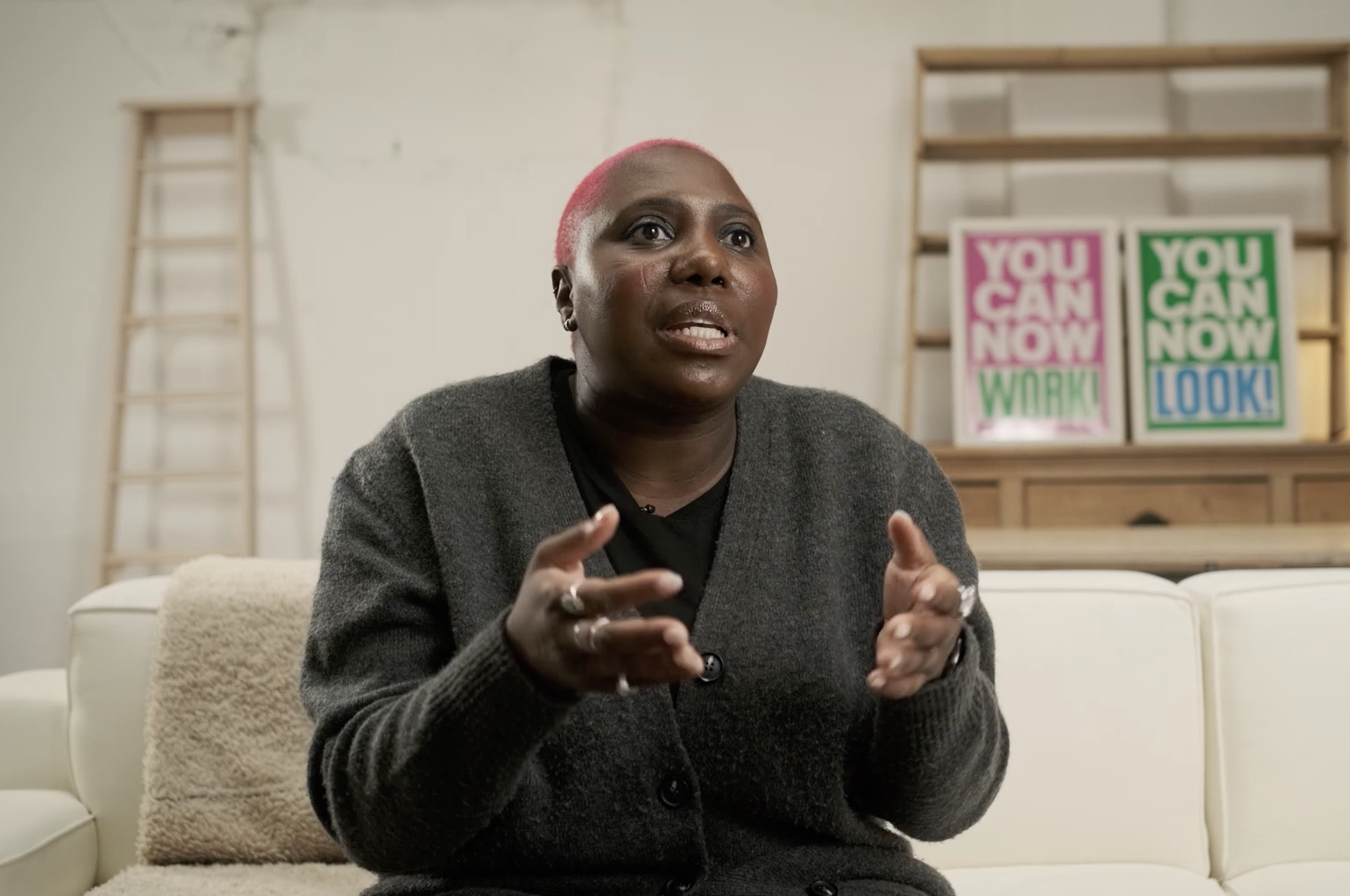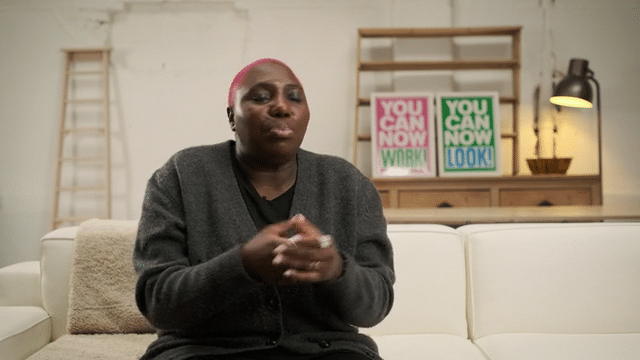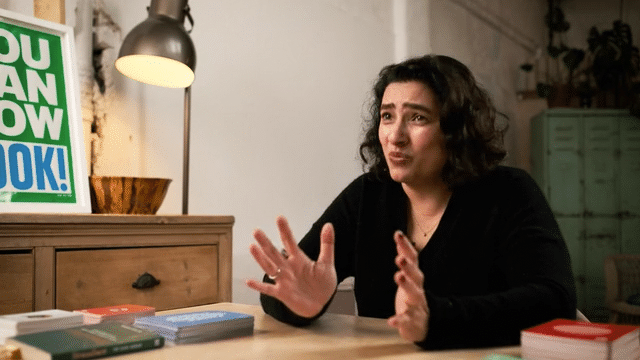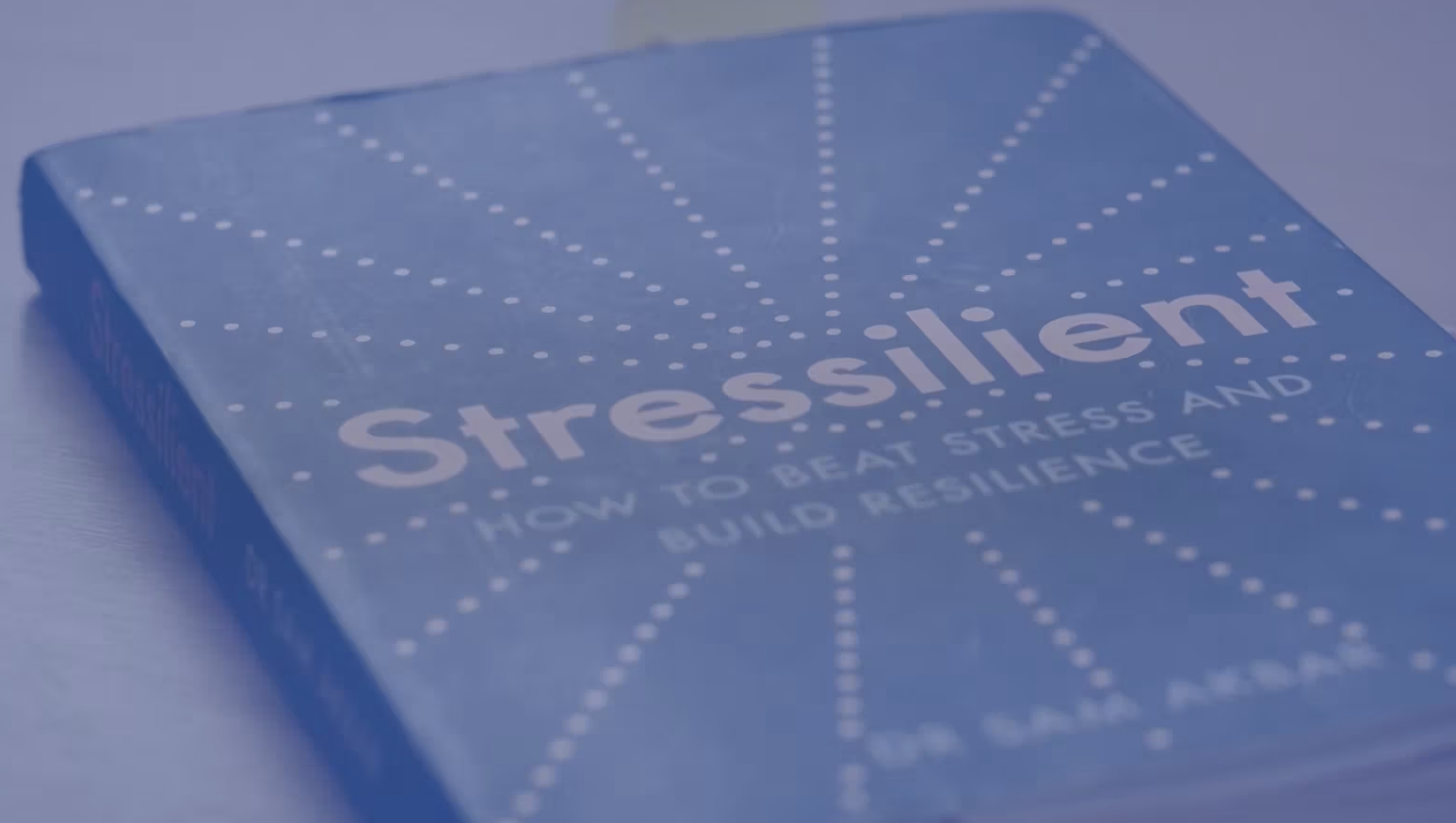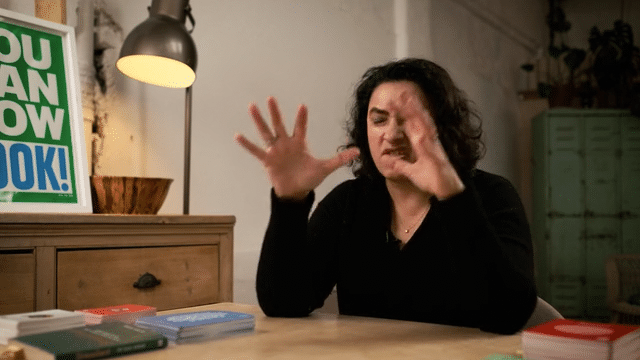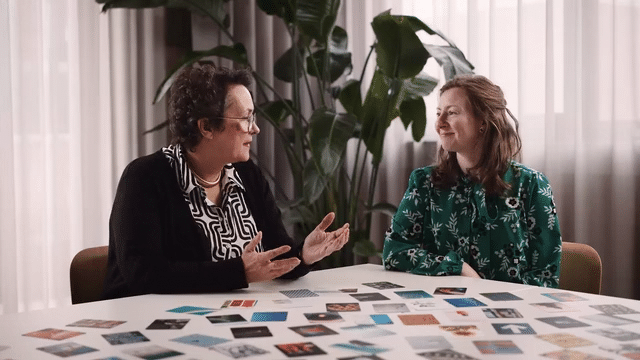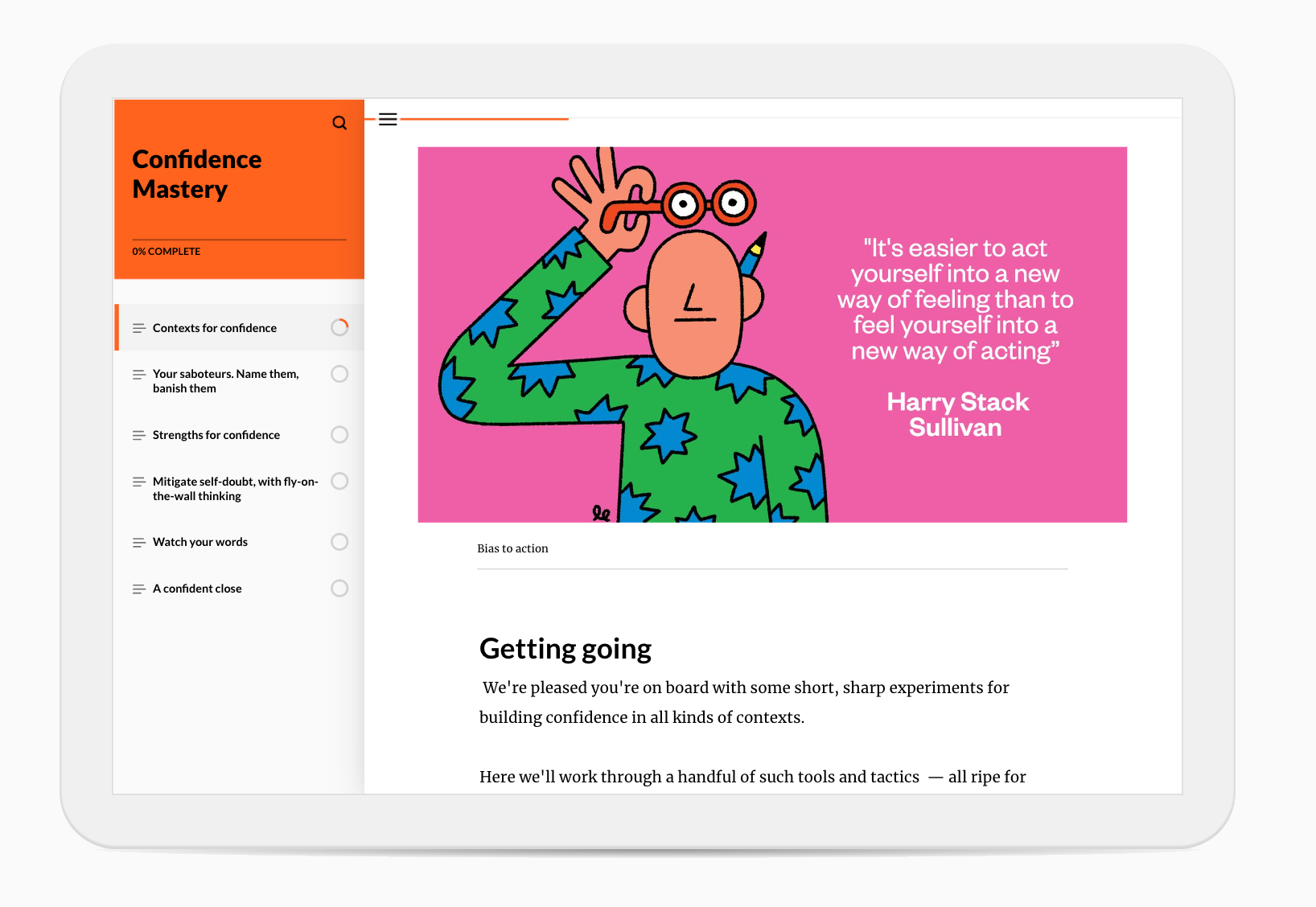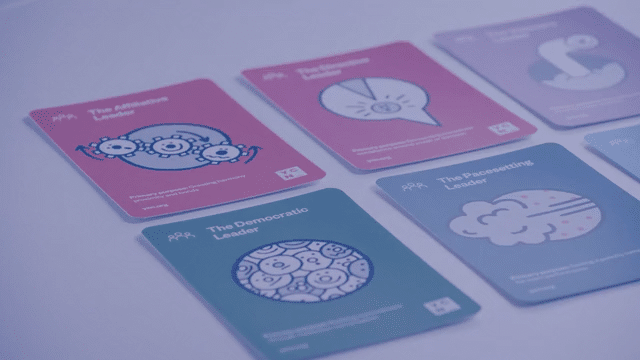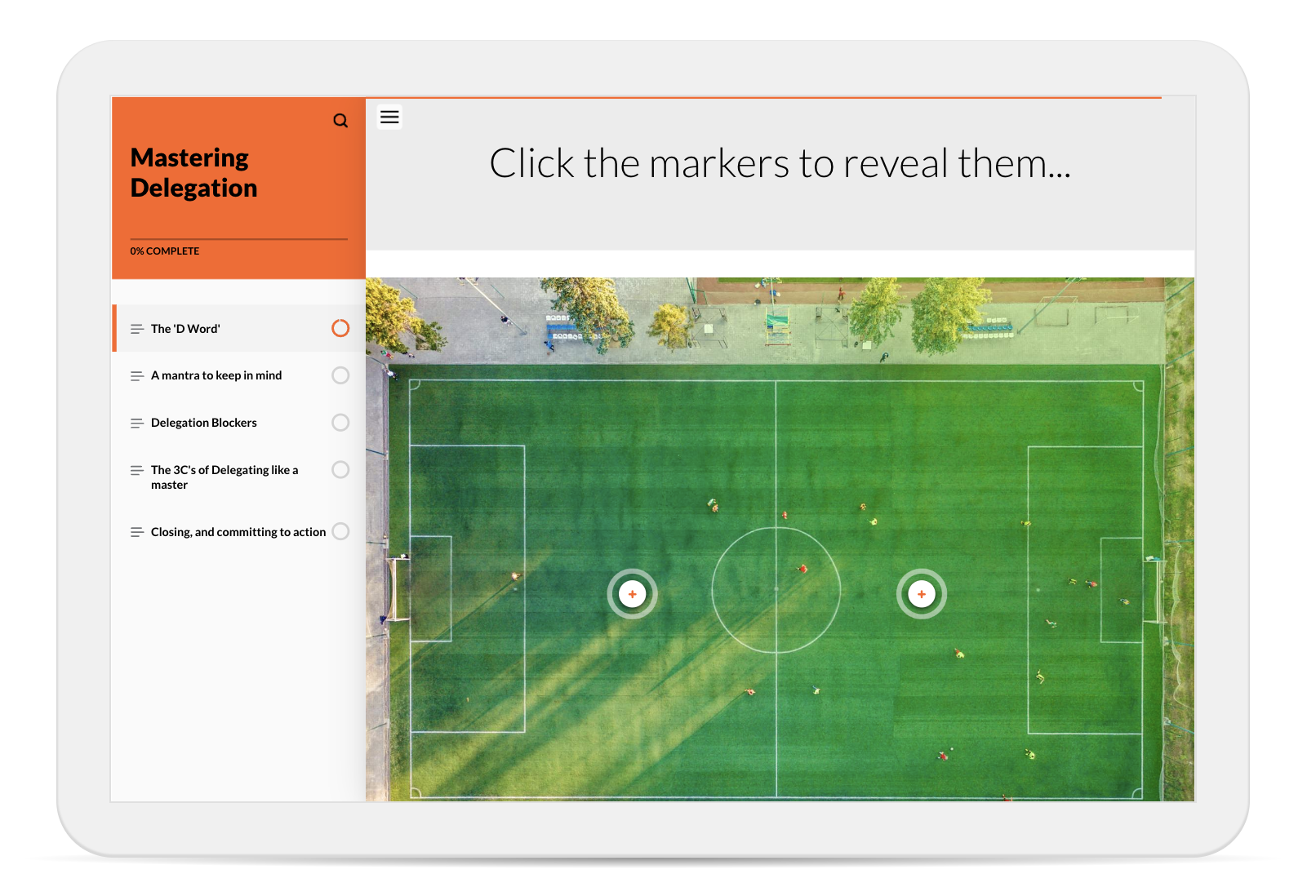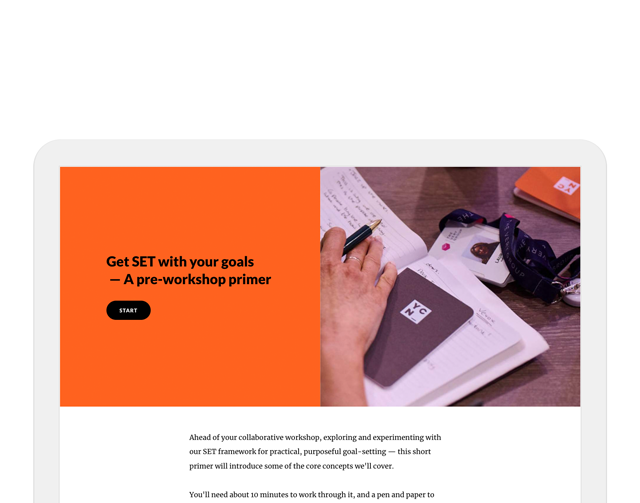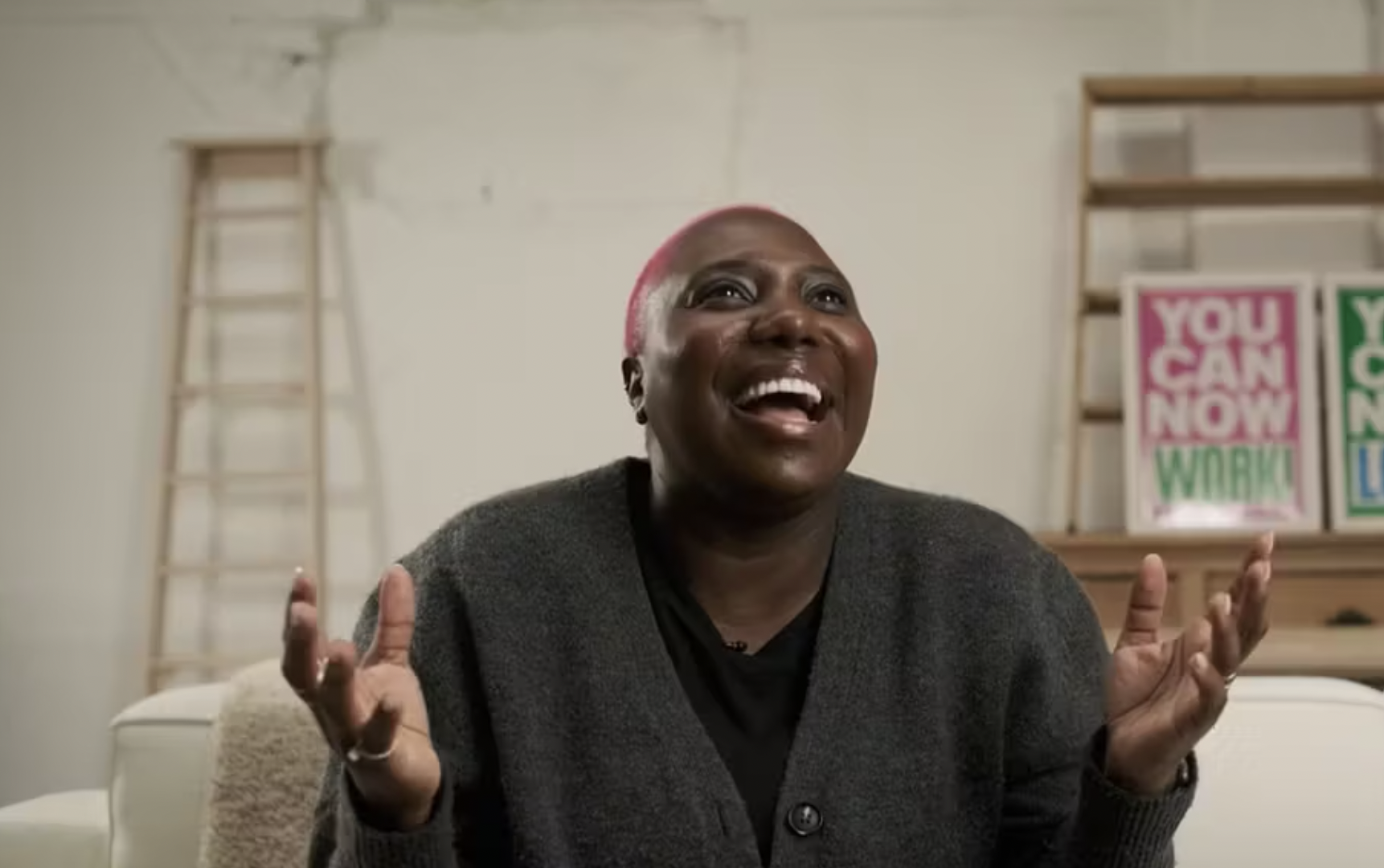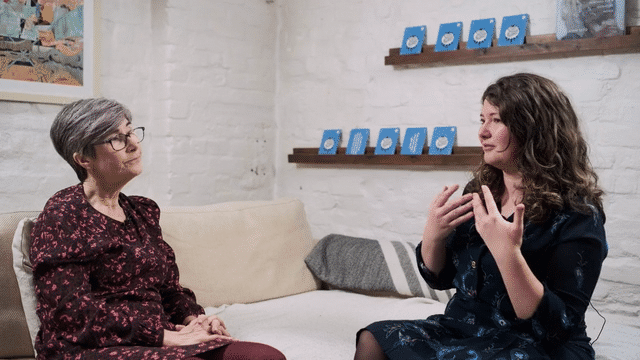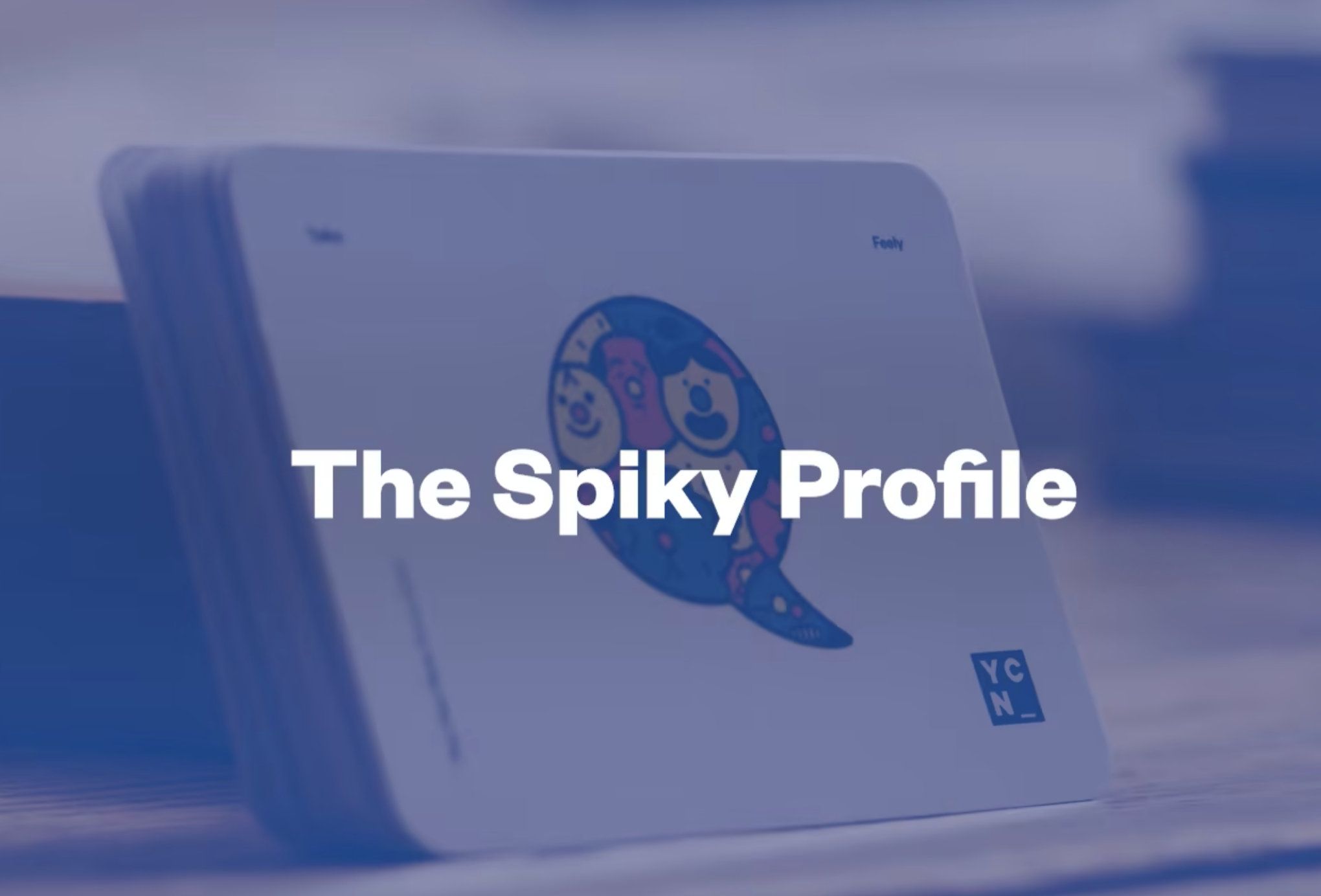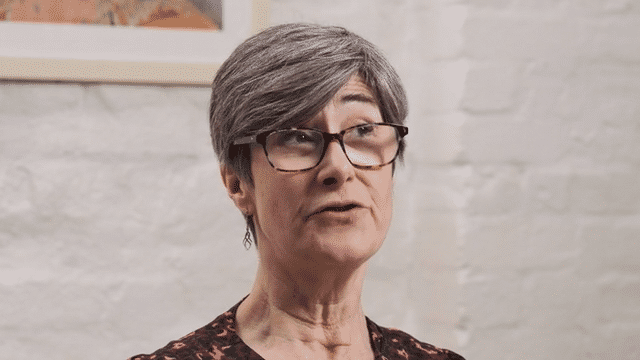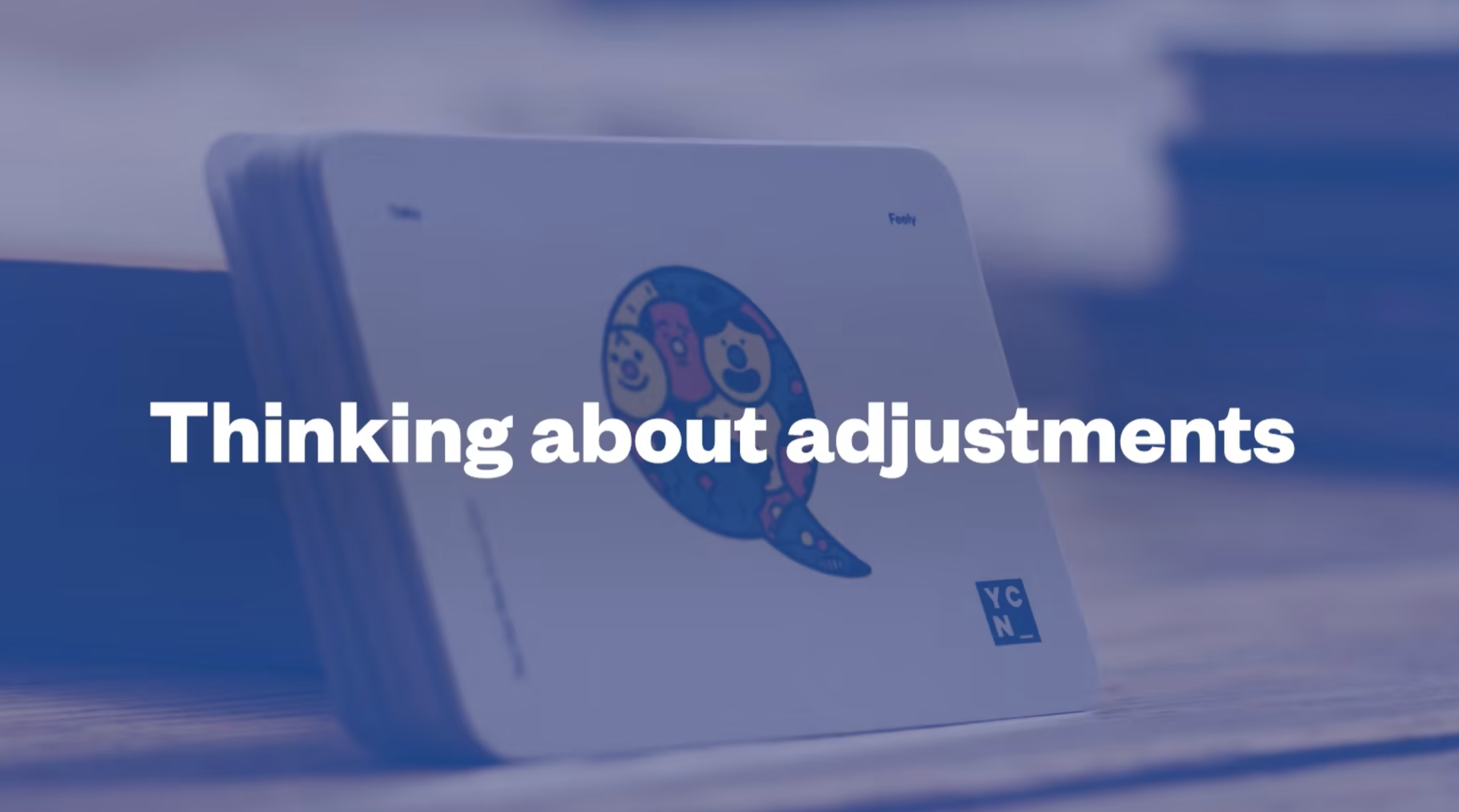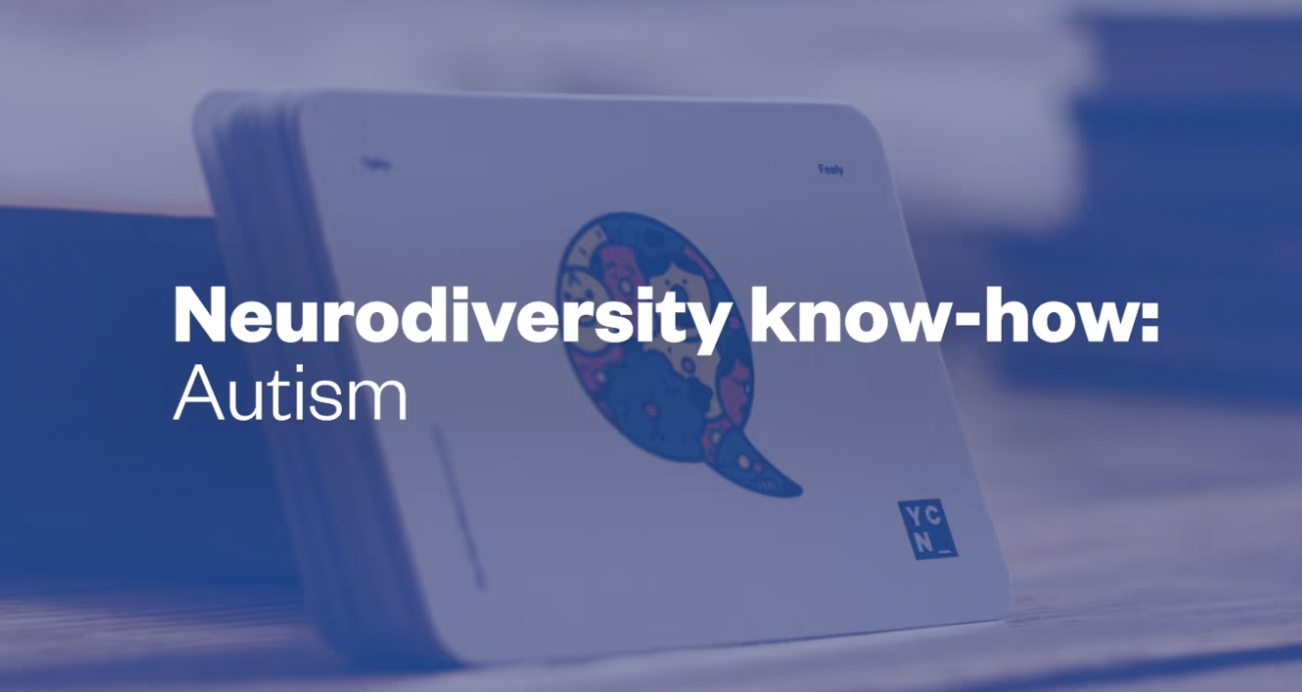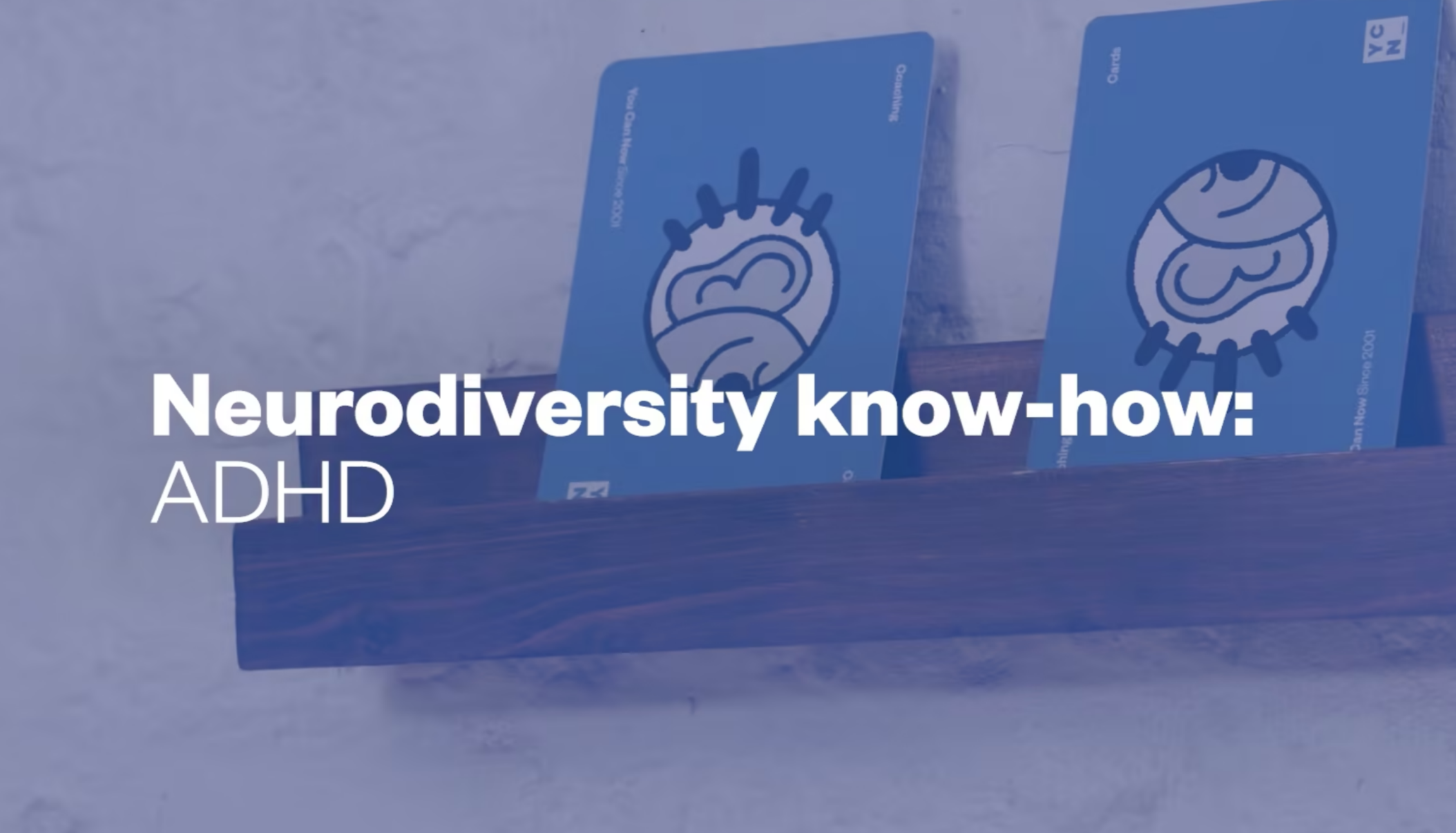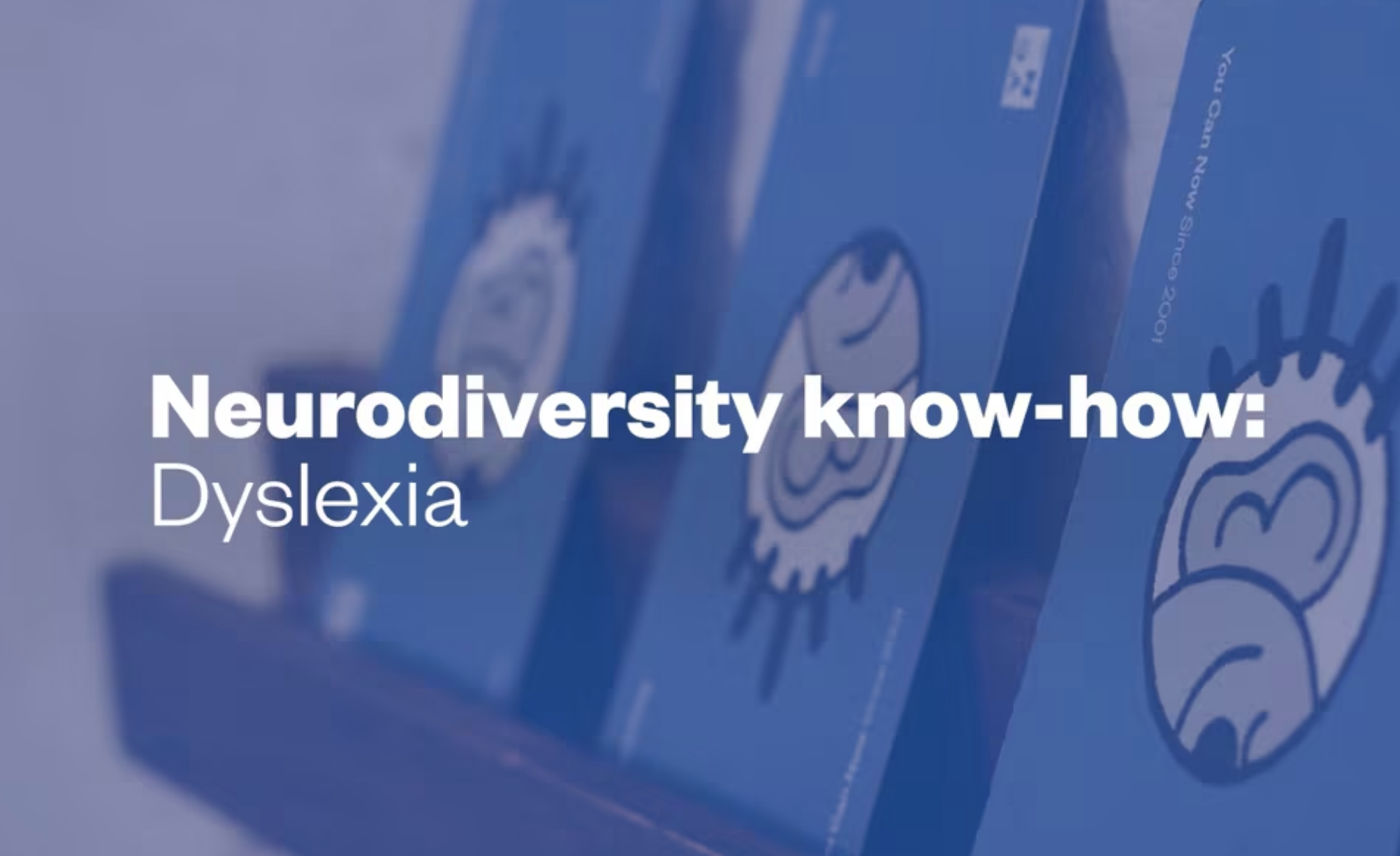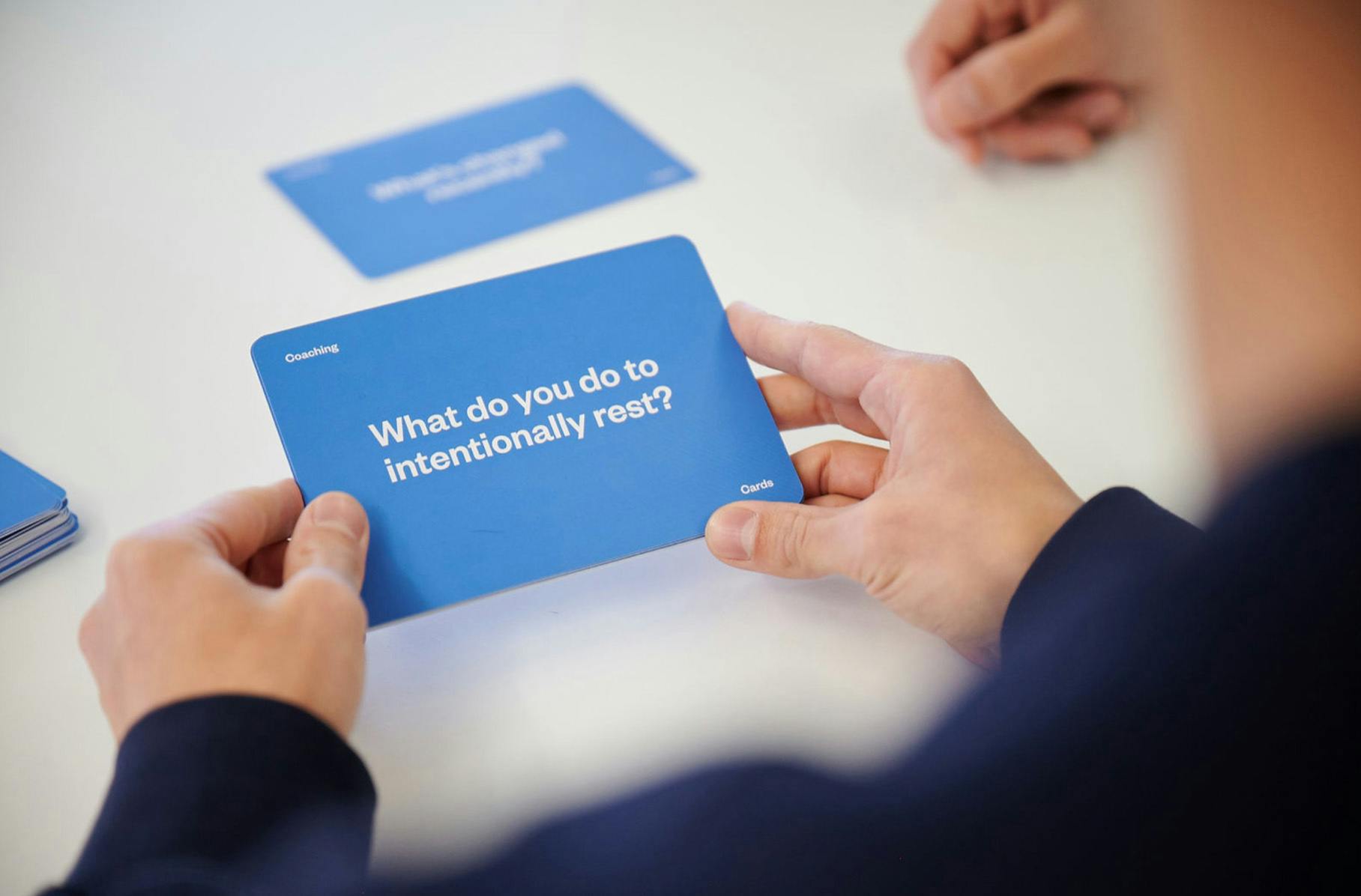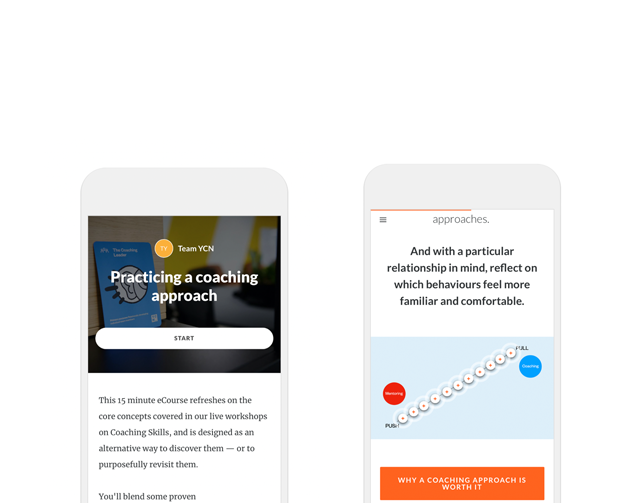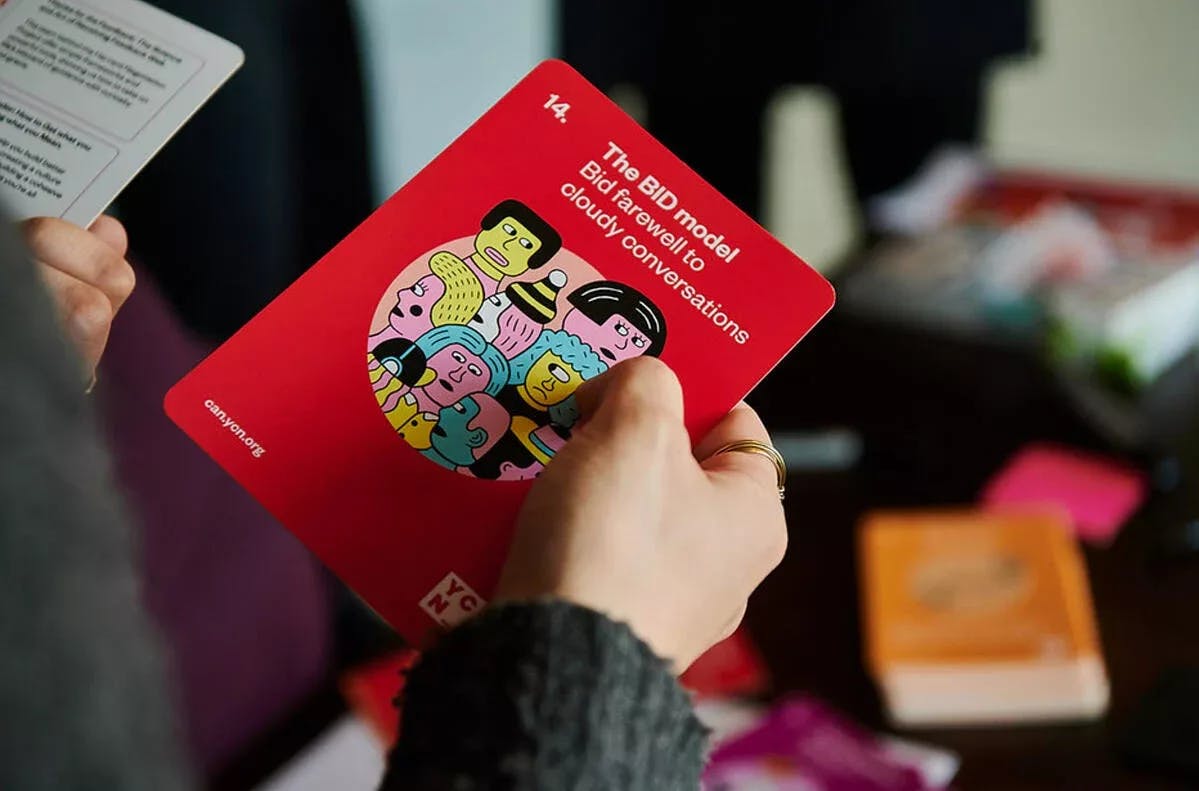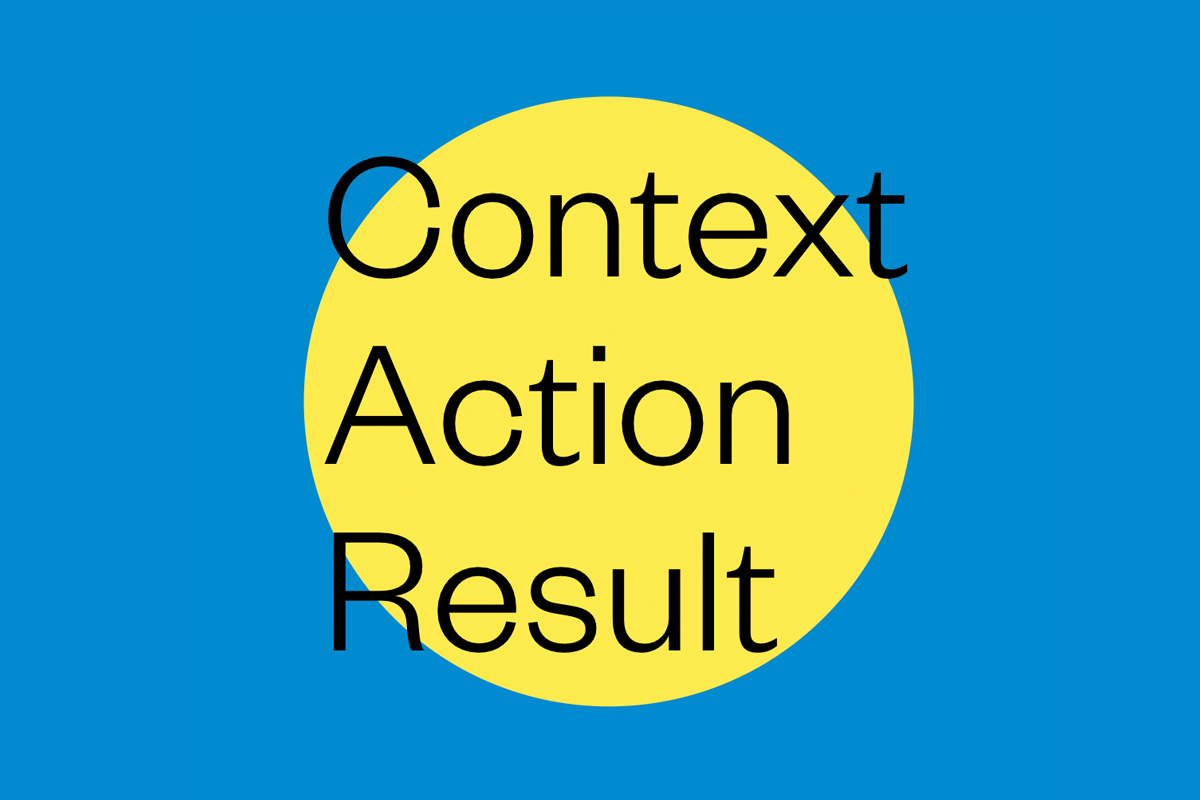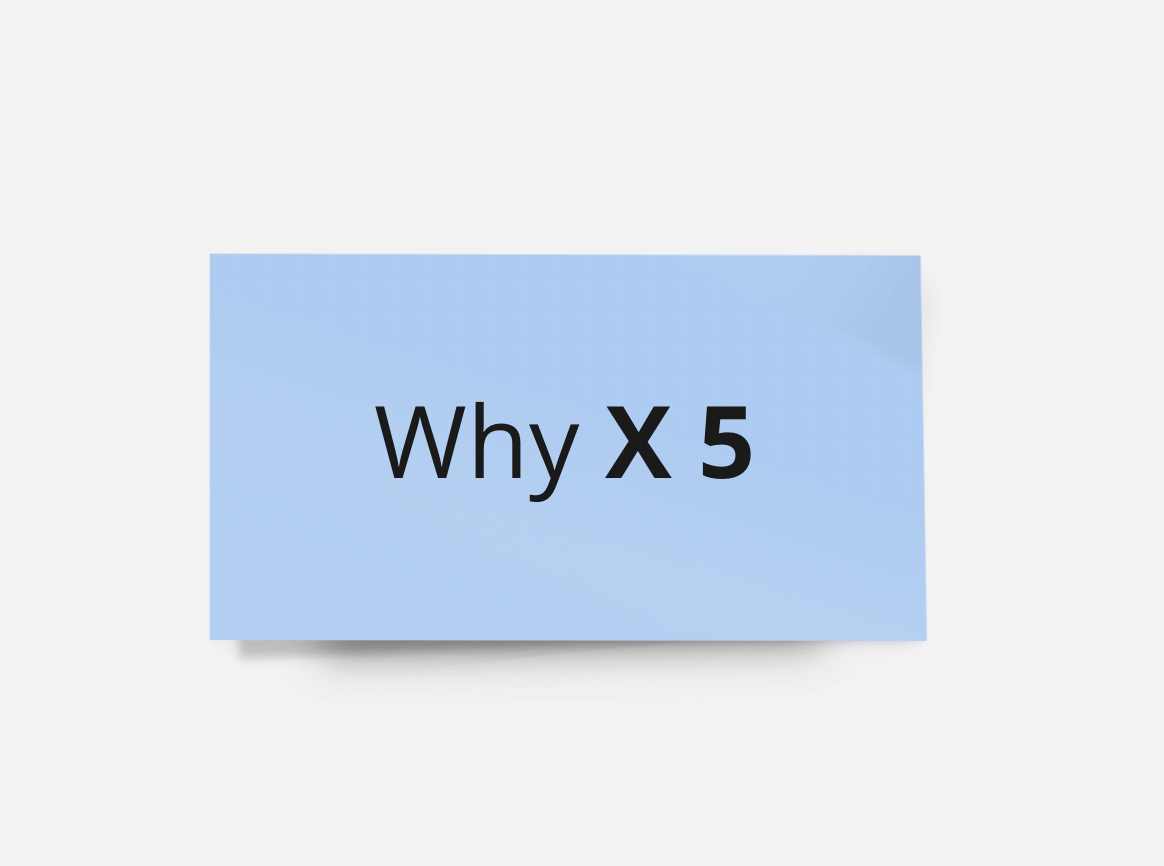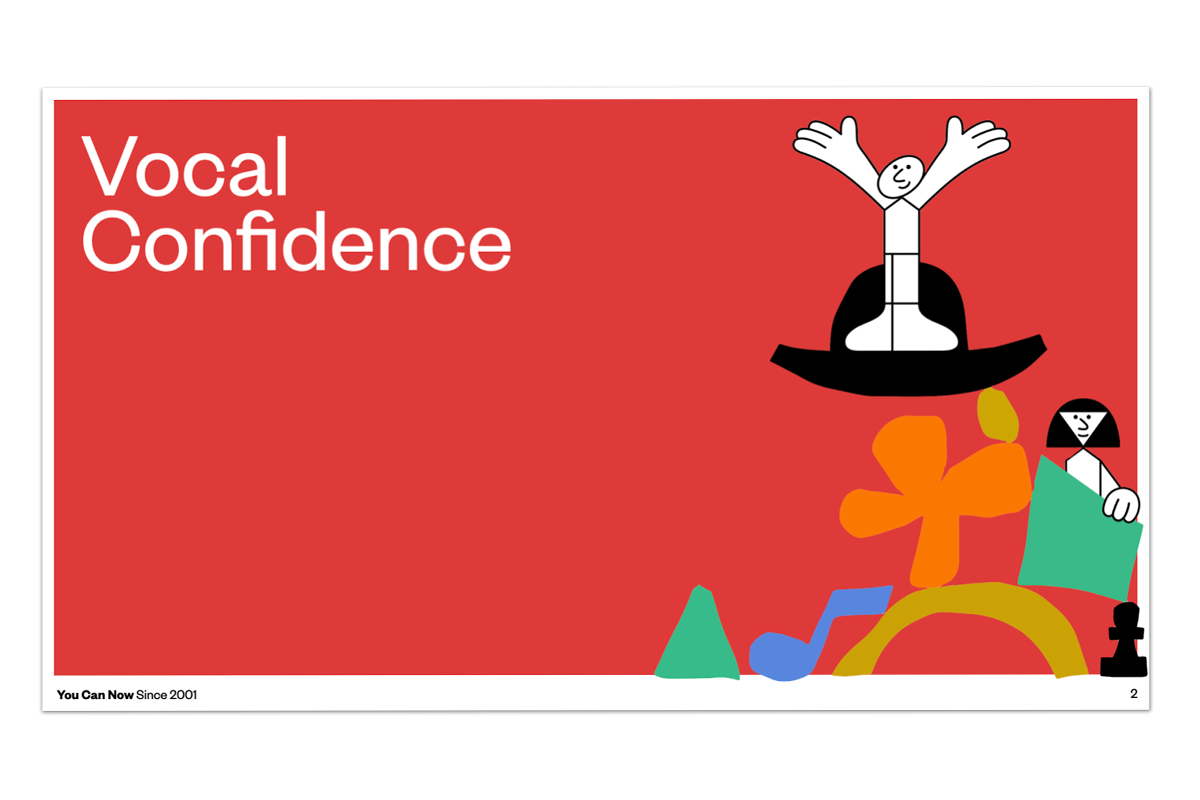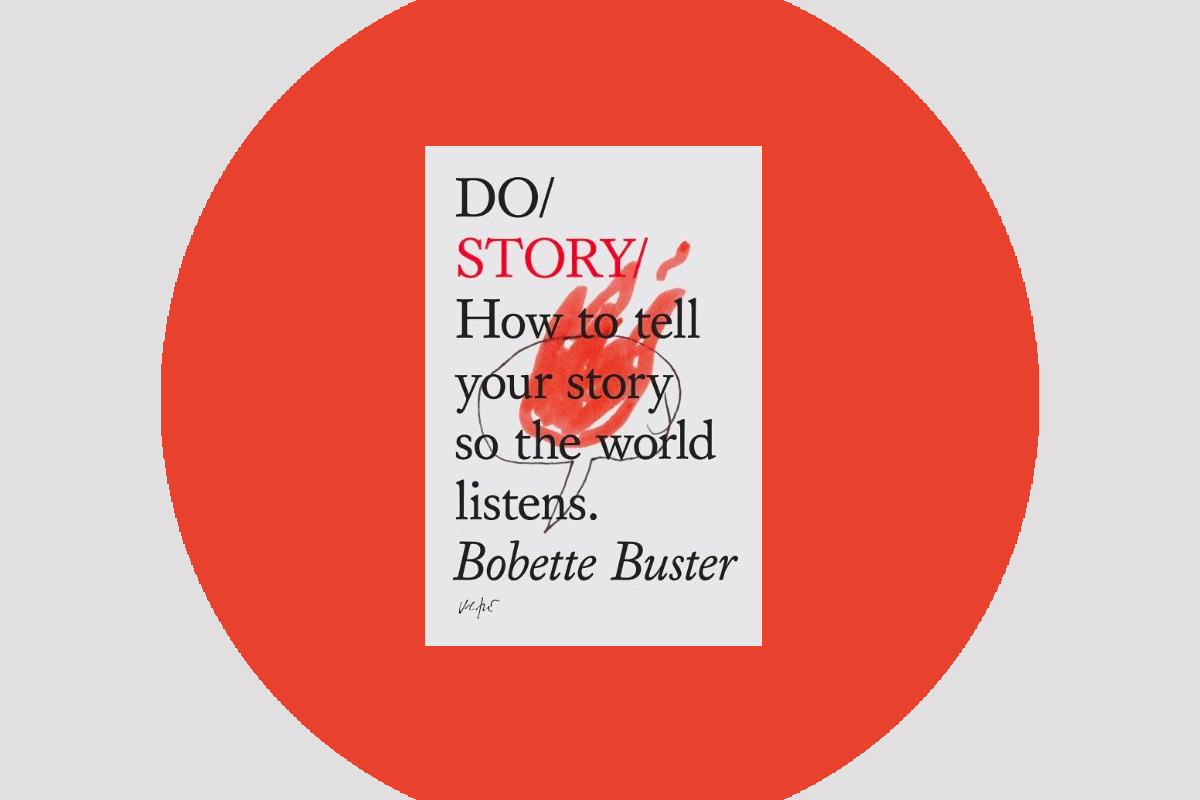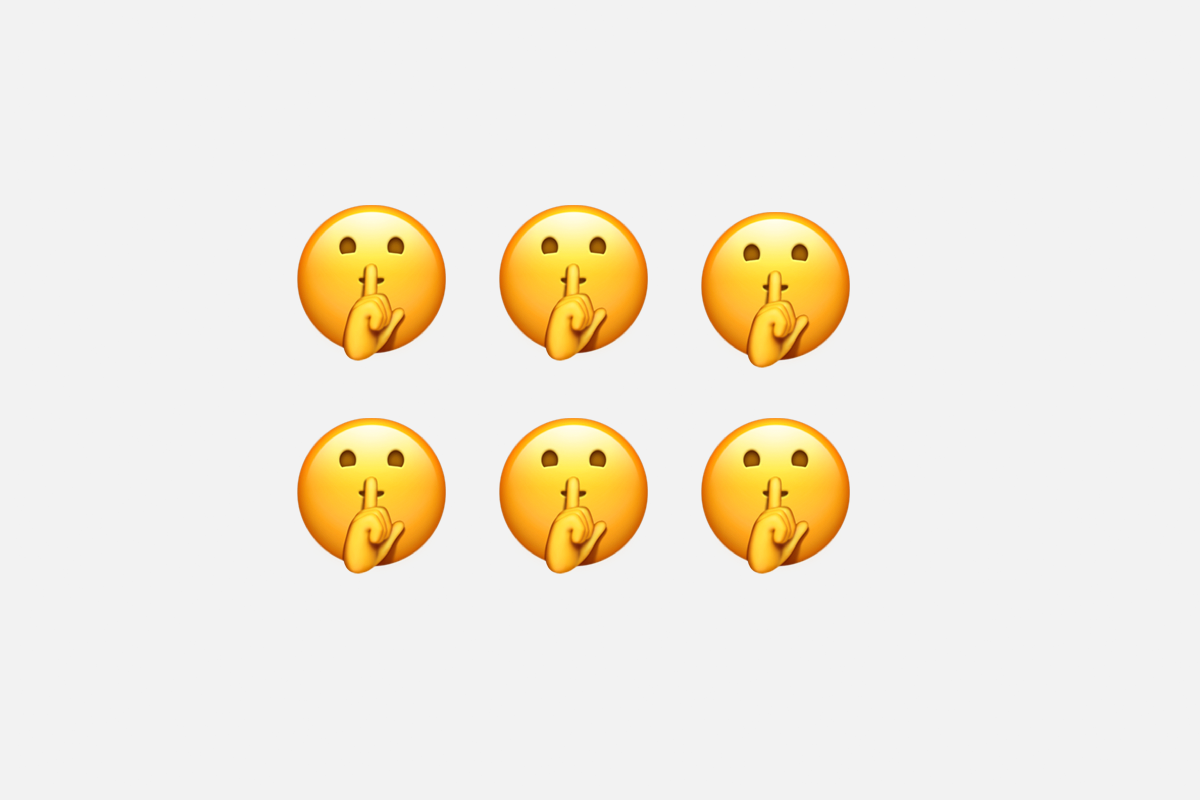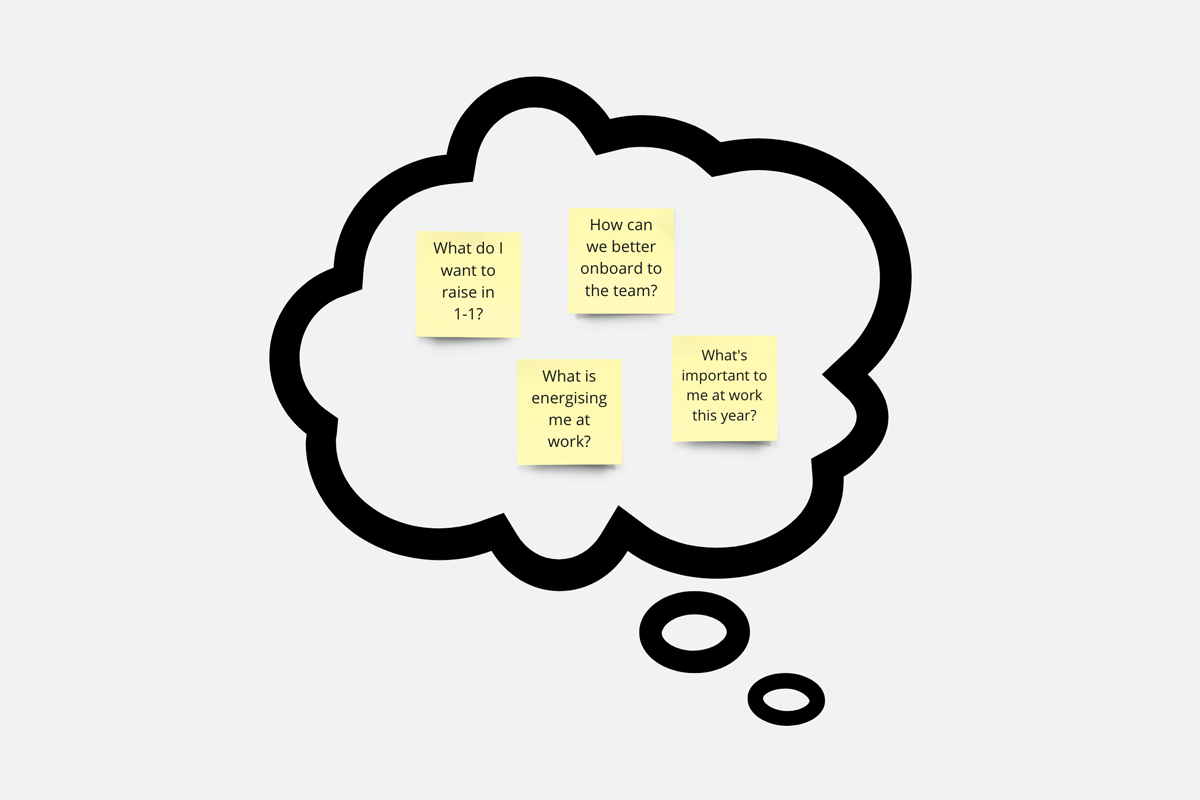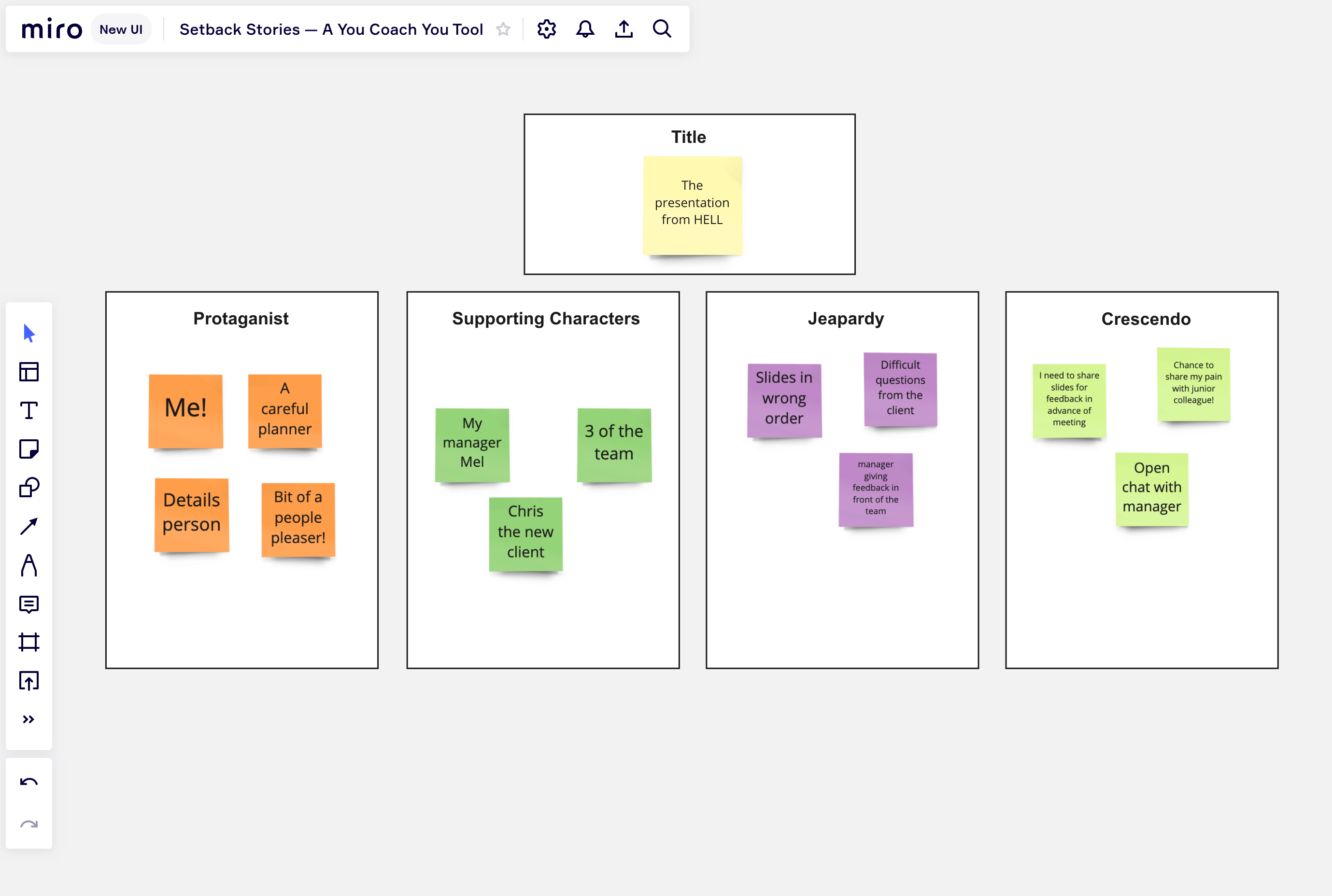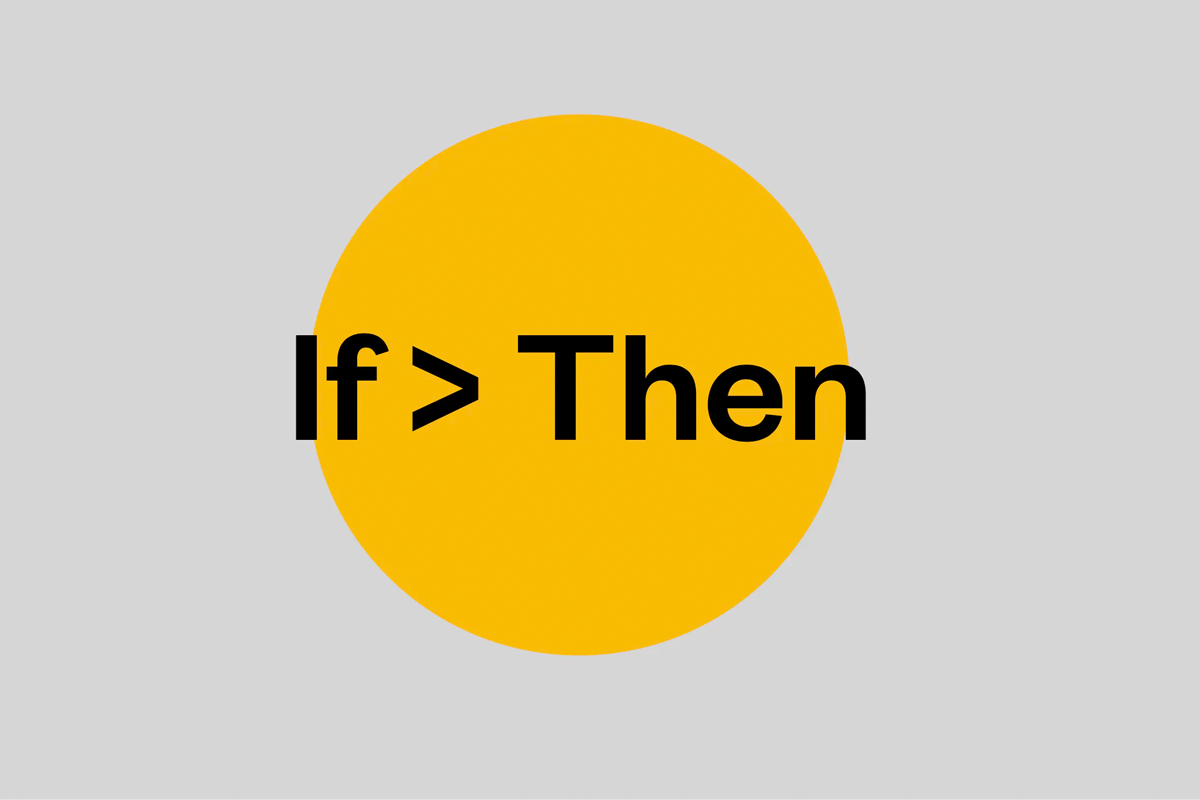For you, new and popular
Tone Policing - What it is, why it's unhelpful and how to helpfully notice it.

Tone Policing?
Tone policing is a tactic used to shut down conversation, expressions and complaints; shifting the focus away from what's being raised, to the way it's being raised
The definition of tone policing, according to Dictionary.com, is “a conversational tactic that dismisses the ideas being communicated when they are perceived to be delivered in an angry, frustrated, sad, fearful or otherwise emotionally charged manner.”
How does Tone Policing show up?
Anger, sadness and fear are natural emotions, especially as a response to sexist, racist, homophobic or transphobic microaggressions. Tone policing silences complaints and genuine expression of frustration or offence by invalidating these feelings. It's often described as a silencing tactic.
Examples would be, “I’m not listening to your complaints if you’re going to be so hysterical about them,” or “Your tone is unprofessional and aggressive, we can have this conversation when you’ve calmed down.”
A fuller example?
Let’s say you’d printed off a collection of resources to have to hand at a client meeting, and left them on your desk with a post-it saying ‘needed for meeting, please don’t move!’ But your colleague Matt ignored this, took them home and didn’t bring them back.
Understandably you raise this with Matt, but instead of responding to the topic at hand Matt makes the conversation all about how you’re expressing yourself: “Woah, calm down — why all the negative energy?”, or “Why are you choosing to express yourself like this?”. He’s shifting the focus, and putting you on the back foot. Of course you’re feeling negative and cross — he’s ignored a request and messed up your plans. The more he makes it about your response, the more frustrated and drained you become, and it’s not unlikely that the issue gets ignored and you don’t get properly heard.
This is tone policing in action.
Why Tone Policing is so unhelpful
Tone policing risks gendering emotions and reinforcing stereotypes (often culturally nuanced) like 'women should be softly spoken' or 'men should not get emotional'.
Tone policing can preserve and protect the privilege of people wanting to avoid confrontations that make them feel uncomfortable about ideas like power and dominance.
Tone policing can make marginalised groups feel that their voices, frustrations and opinions are not valid.
When we reactively tone police someone, we stop ourselves from taking onboard valid feedback and observations of others. We miss things in our blind-spots and dent our development.
Helpful expressions to recognise and respond
"When you did X, if felt Y. I wonder if Z", offers a helpful framework for keeping conversation honest, non-judgemental, on track and future focussed.
So perhaps...
"When the conversation became about the way I'd described what was bothering me, I felt like you didn't want to discuss it. I wonder if we can focus on what's happened, and the reasons behind it?"
Another useful expression to keen communication non-judgemental is 'I noticed..."
For example...
"I've noticed the conversation is now becoming about my tone, which is making me feel more frustrated. Can we focus on the issue I've raised?"
Some reflection questions
Learn more
In our Microaggressions: calling them out and calling them in workshop, DE&I expert Abi Adamson leads a conversational approach to exploring tone policing and much more too. Find future dates here.
















